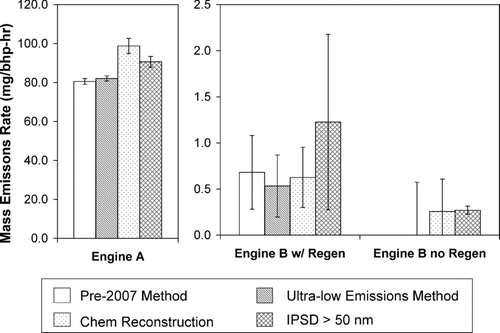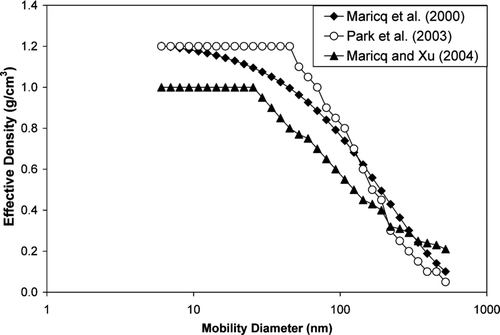Figures & data
FIG. 2 A comparison of the total mass emissions from Engine A as measured by the ultra-low emissions gravimetric method and as calculated from the effective densities found in three previous studies.
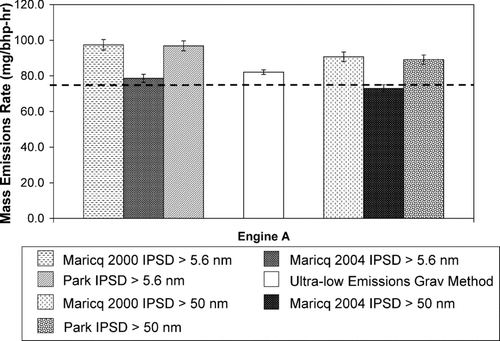
FIG. 3 Chemical reconstruction analyzed from PM mass constituents of high-to-medium PM-emissions of heavy-duty diesel engines, from CitationLiu et al. (2008a).
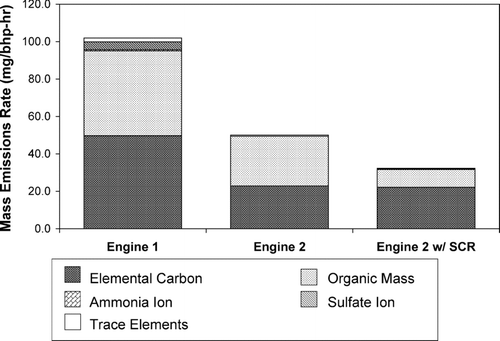
FIG. 4 Chemical reconstruction analyzed from PM mass constituents of ultra-low PM-emissions of heavy-duty diesel engines, from CitationLiu et al. (2008a).

FIG. 5 PM mass calculated from integrated particle size distribution (IPSD) method for low and ultra-low emissions from Engines A and B, respectively. Categorization of the mass of each engine is based on size-classification of particles.
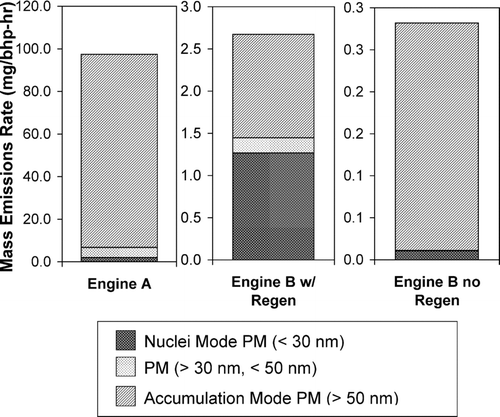
FIG. 6 Total PM mass emissions throughout FTP cycles for Engines A and B, as measured by pre-2007 and ultra-low-emissions methods of gravimetric mass measurement.
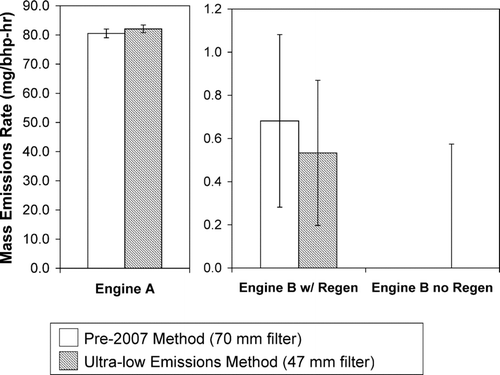
FIG. 7 Chemically reconstructed masses from Engines A and B, including OC multiplied by a factor of 1.2, 1.4, and 1.6 to convert to OM. The ultra-low emissions gravimetric method of mass measurement is included as a reference.
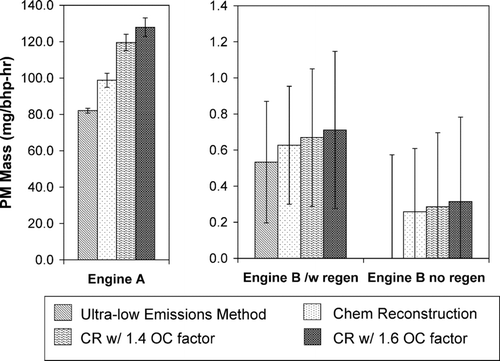
FIG. 8 Total PM mass emissions throughout FTP cycles for Engines A, B with regeneration, and B without regeneration, as measured through integrated particle size distribution (IPSD). The integrated masses compare integrations of all particles greater than 5.6 nm, 23 nm, 30 nm, and 50 nm. The ultra-low emissions gravimetric method of mass measurement method is included as a reference.
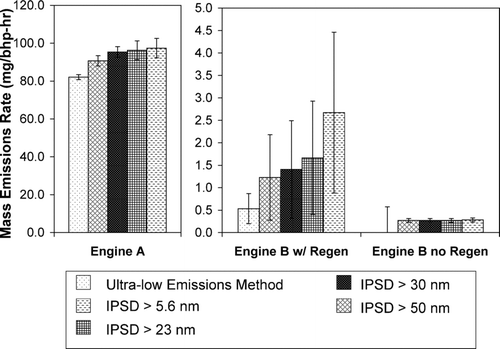
FIG. 9 Total PM mass emissions during FTP cycles for Engines A, B with regeneration, and B without regeneration, as measured through the pre-2007 method, the ultra-low emissions method, chemical reconstruction and integrated particle size distribution.
